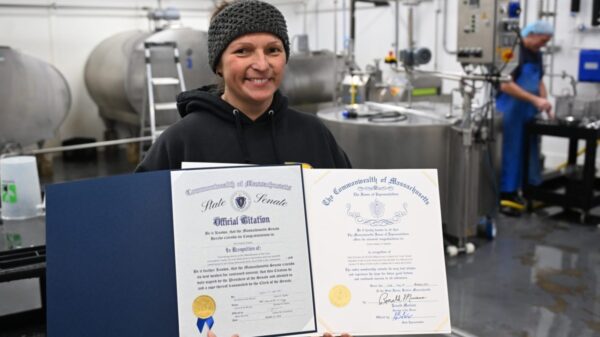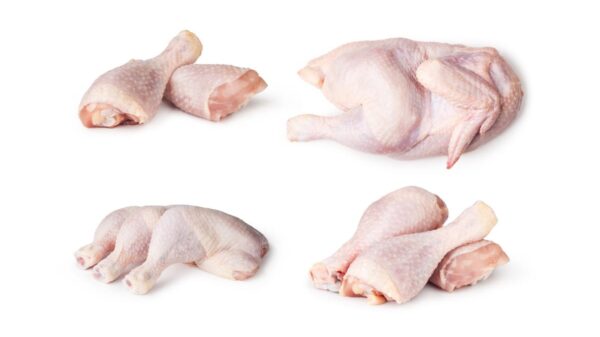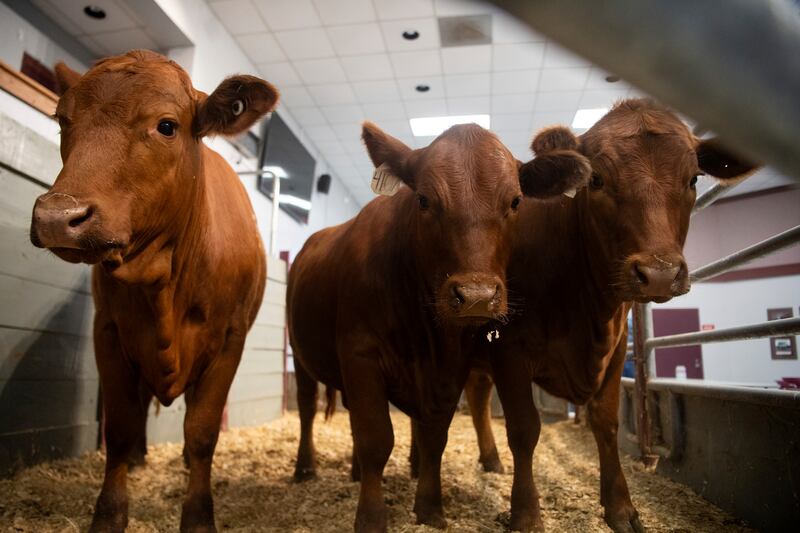A human case of the New World screwworm has emerged in the United States for the first time in years, prompting federal officials to take urgent measures to prevent the parasitic species from infiltrating the food supply. The U.S. Department of Agriculture (USDA) is particularly concerned following previous infestations that devastated livestock decades ago. The situation is critical enough that, earlier this year, the U.S. closed its southern border to livestock imports to mitigate risks associated with potential infestations.
Under an emergency use authorization, the U.S. Food and Drug Administration (FDA) is now permitting the use of animal drugs specifically tailored to treat or prevent screwworm infestations. This authorization is limited to veterinary applications, acknowledging the gravity of the situation: “Although eradicated from North America and Central America decades ago, the New World screwworm has progressed north since 2022 and is now approaching the U.S. border with Mexico,” the FDA stated. The parasite poses a significant threat to livestock, potentially impacting both national security and animal health.
In a statement, Health and Human Services Secretary Robert F. Kennedy Jr. emphasized the urgency of the situation: “Today we are taking decisive action to safeguard the nation’s food supply from this emerging threat. This authorization equips FDA to act quickly, limit the spread of New World screwworm, and protect America’s livestock.”
Understanding the New World Screwworm
The New World screwworm is the larval form of the screwworm fly, which can lay its eggs in the wounds of warm-blooded animals. Once hatched, the maggots burrow deeper into the flesh, causing severe damage. The USDA has reported that these parasites can infest livestock, pets, wildlife, and, in rare cases, humans. According to the Centers for Disease Control and Prevention (CDC), they are endemic to South America and the Caribbean, with the potential for eggs to be deposited in body cavities with mucous membranes, such as nasal passages.
The recent human case is particularly alarming. Reports indicate that this Maryland resident may have contracted the infestation during travel linked to an ongoing outbreak in Central America, specifically in either El Salvador or Guatemala. There is no specific treatment for screwworm infestations other than prevention and prompt removal of the larvae.
Efforts to Combat the Infestation
In response to the increasing threat, USDA Secretary Brooke Rollins announced plans to invest up to $750 million to build a facility in Texas dedicated to producing sterile flies, a proven method for controlling the screwworm population. This initiative reflects heightened concerns about the parasite’s potential to infest U.S. cattle, particularly as the pest has been moving northward through Mexico.
Texas Governor Greg Abbott warned of the dire economic consequences should an infestation take hold in the state, which is the largest cattle producer in the U.S. An outbreak could cost the Texas economy as much as $1.8 billion and likely result in increased beef prices.
In November, the U.S. had already closed its border to livestock imports. Officials acknowledged, however, that the screwworm could still cross into the country through natural wildlife movements. In February, U.S. and Mexican authorities agreed to establish a “comprehensive pre-clearance inspection and treatment protocol” to protect trade and contain the spread of the fly larvae.
The Moore Airbase in Texas is set to become a “fly factory,” with expectations to produce up to 300 million sterile flies weekly. This facility will work in conjunction with similar operations in Panama and Mexico, which has received $21 million in USDA funding for renovations to enhance its production capacity by an additional 60 to 100 million sterile flies.
Historically, sterile flies were successfully deployed during a previous infestation in the 1960s, effectively reducing the screwworm population. This method involves sterile flies mating with wild females, resulting in no offspring and gradually diminishing the population.
The appearance of the New World screwworm presents significant health risks. These flies resemble common houseflies but are identifiable by their orange eyes and metallic green or blue bodies with dark stripes on their backs. Infested animals often display irritability, foul odors, and visible maggots in their wounds. In a notable case reported in April, the first human instance of screwworm infestation in Mexico was successfully treated with antibiotics after the removal of the larvae.
As authorities ramp up efforts to combat this emerging threat, the focus remains on preventing further infestations and protecting both human and animal health.





































































